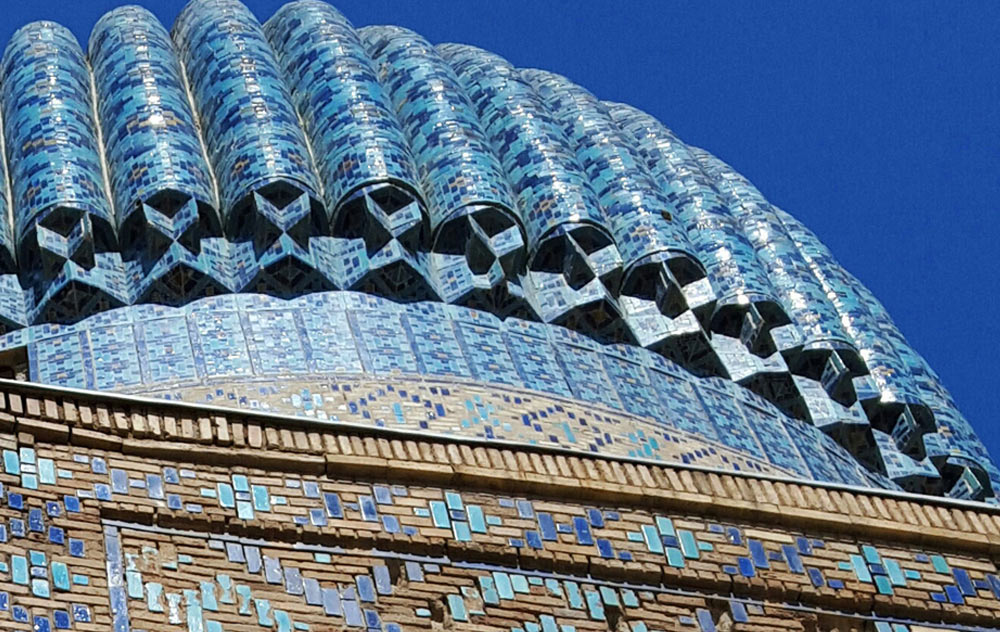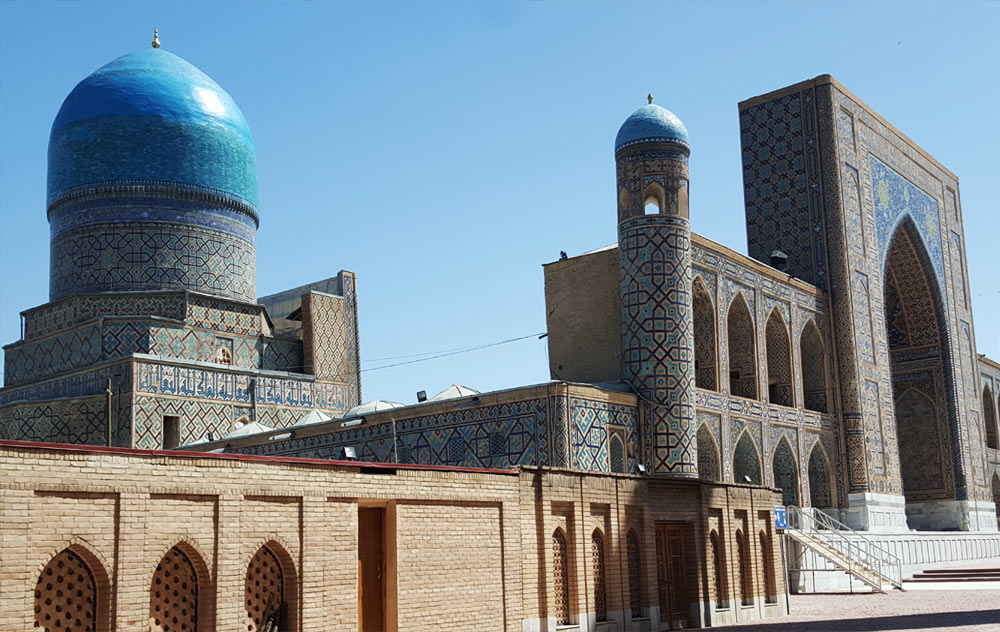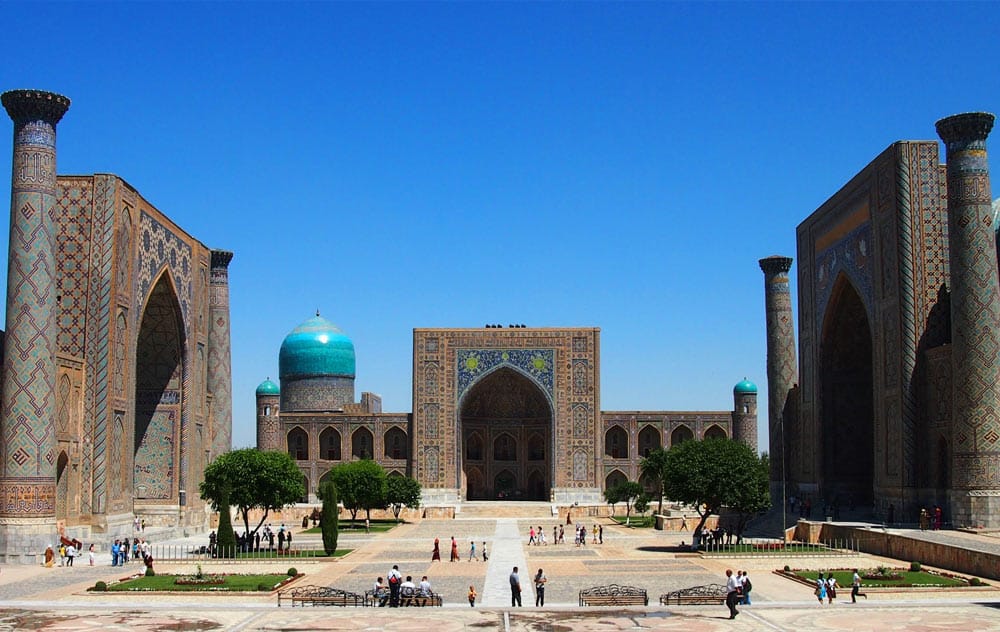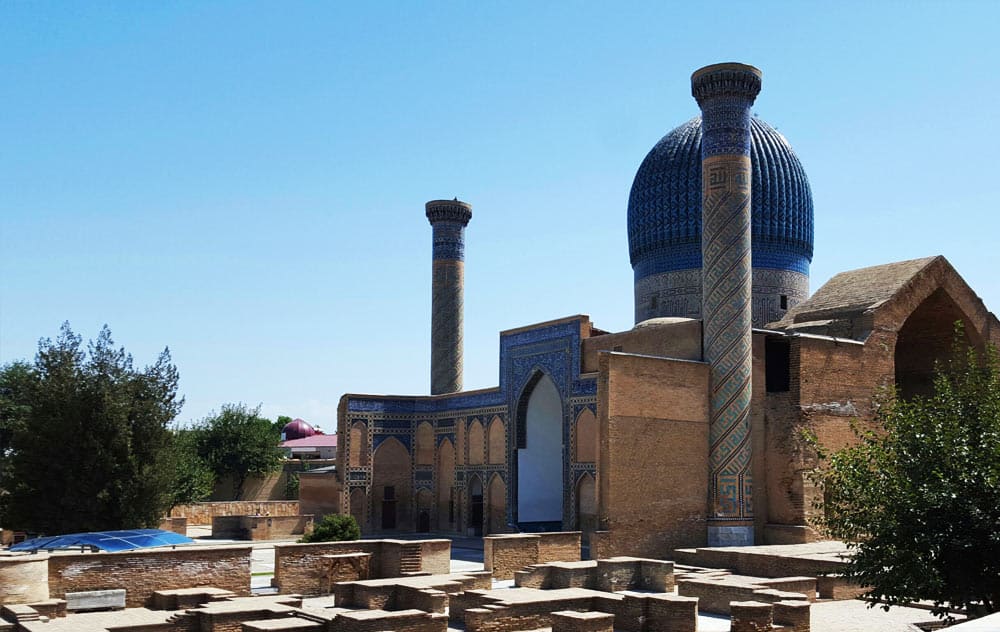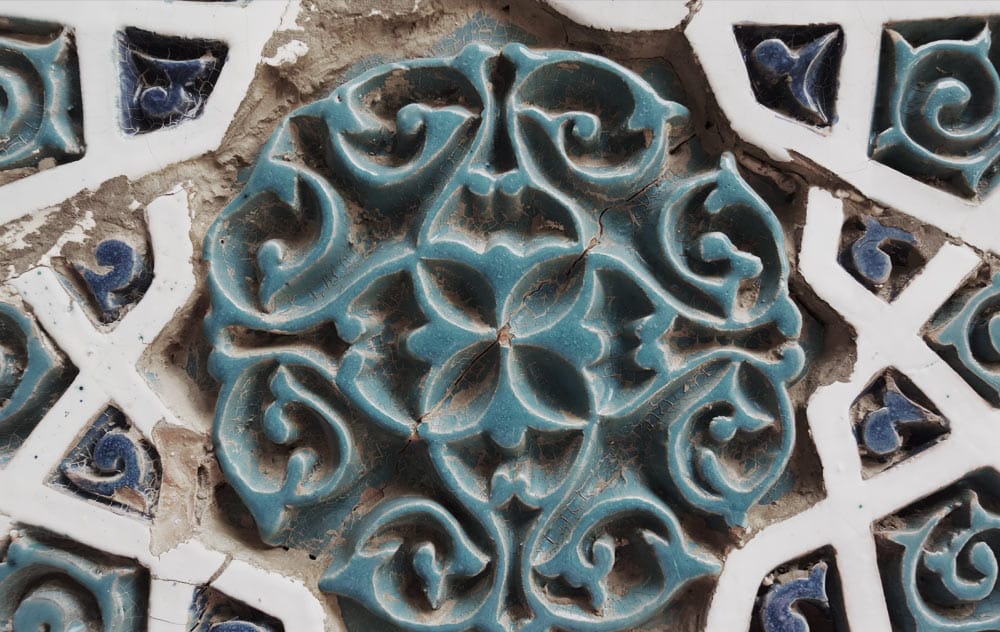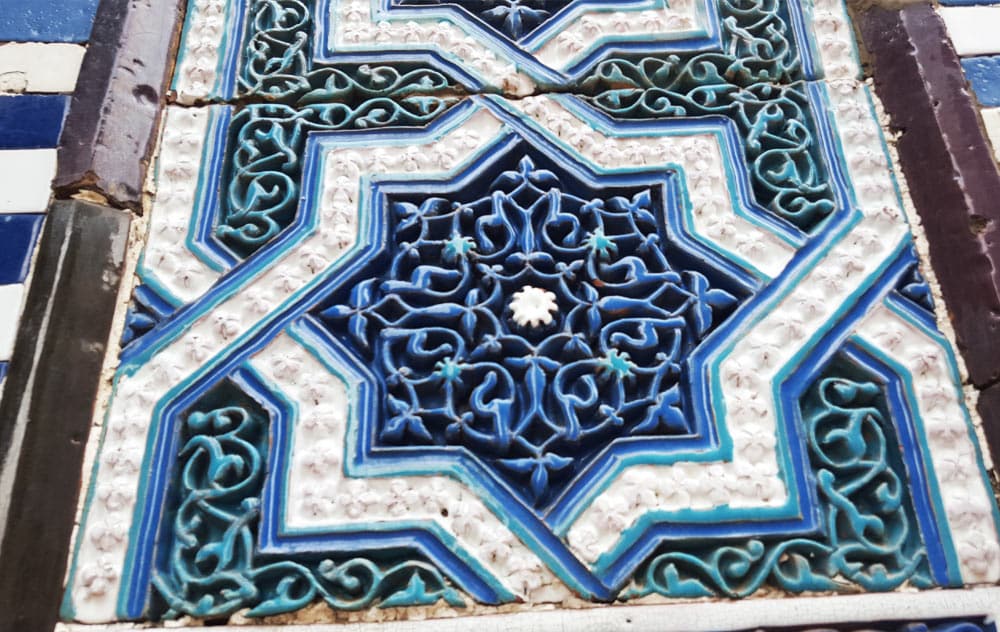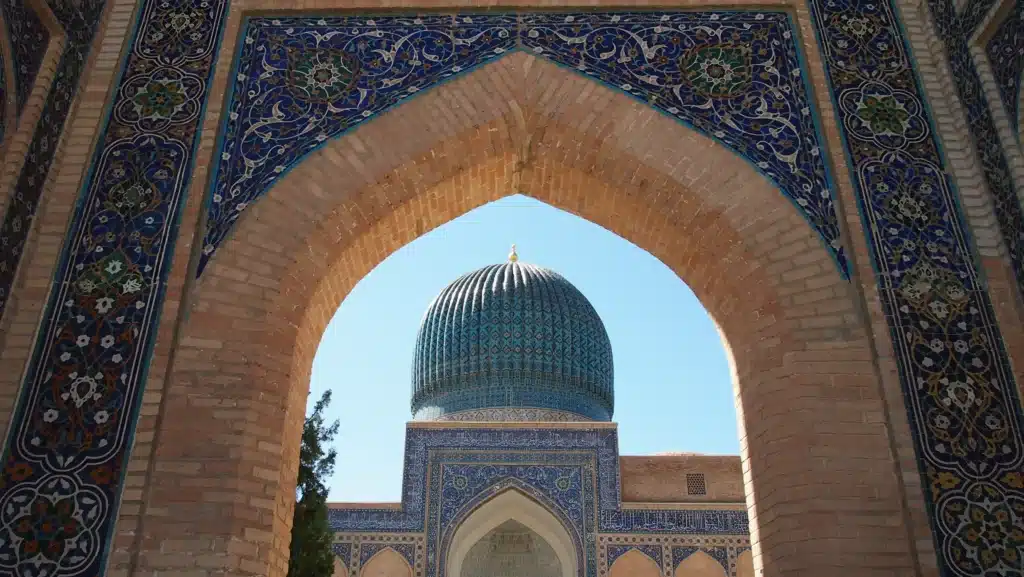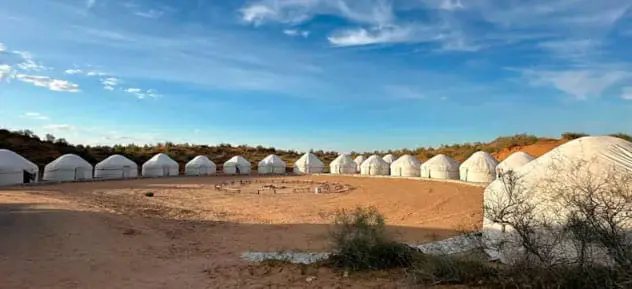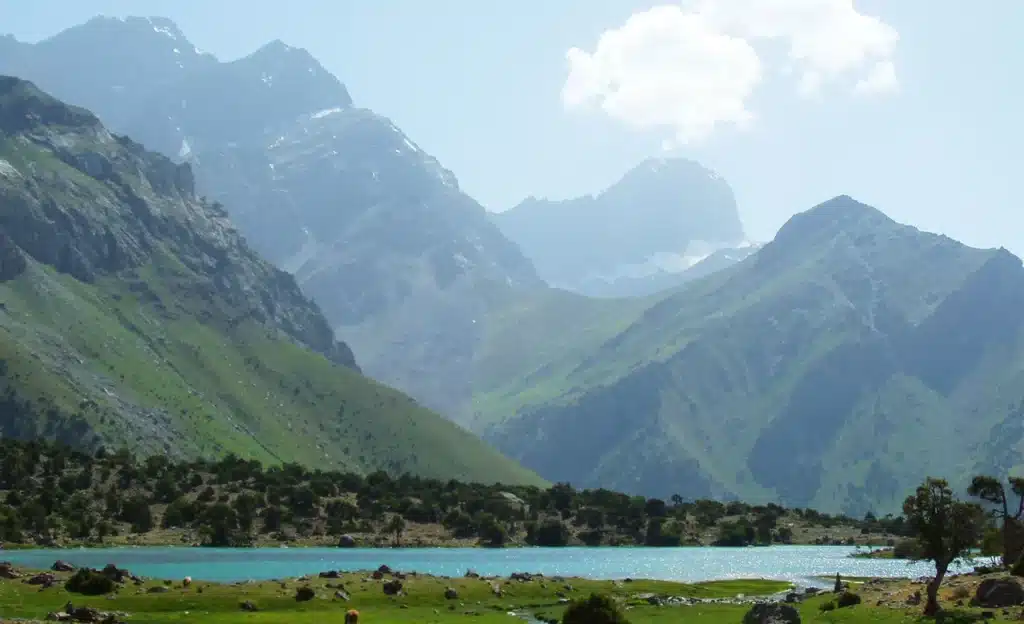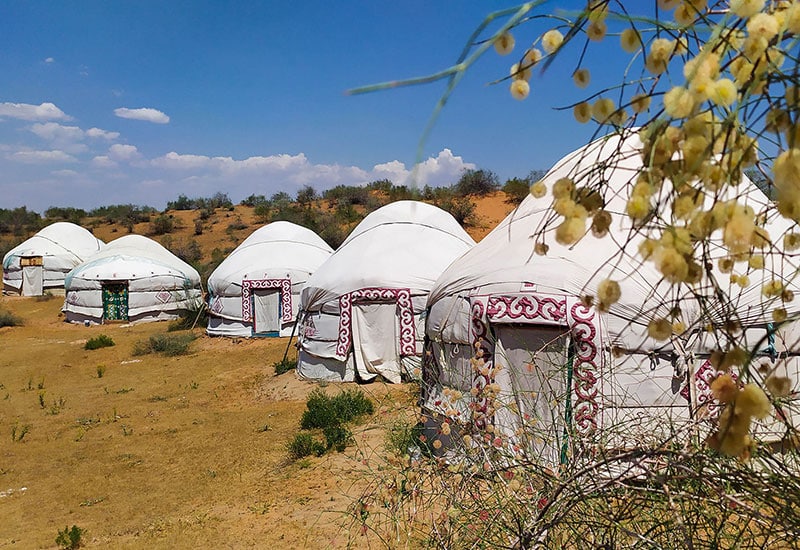The Complete History of Samarkand: From Ancient Sogdiana to Modern Times
An Ancient City Born in the Cradle of Civilizations
Samarkand, cradled in the fertile valley of the Zeravshan River at 725 meters above sea level, is one of the oldest continuously inhabited cities in the world. Its origins stretch back to the mists of antiquity, emerging as the crown jewel of Sogdiana, a powerful state in ancient Central Asia.
As early as the 7th–6th centuries BCE, Sogdiana was a flourishing land of farmers, artisans, and traders. The city, then known as Afrasiab, became a hub of irrigated agriculture, pottery, and vibrant commerce.
Samarkand’s strategic position placed it at the heart of the great caravan routes, connecting China, India, Persia, and the Mediterranean — the ancient arteries of the Silk Road.
Conquests and Cultural Exchange: Alexander the Great’s Arrival
In the 4th century BCE, Samarkand — known to the Greeks as Maracanda — drew the attention of Alexander the Great. After fierce battles against the proud Sogdians, including the legendary resistance led by Spitamen, Alexander captured the city.
While Greek rule was relatively short-lived, the era of Hellenistic influence left its mark, especially through artistic and architectural exchanges that would echo for centuries.
From Kushan Empire to the Rise of Islam
In the 1st–2nd centuries CE, Samarkand likely became part of the Kushan Empire, a period marked by agricultural prosperity, artisan crafts, and the construction of monumental irrigation systems like the famous Djuj-Arzis canal.
The spread of Islam in the 7th century reshaped the city’s identity, introducing Arabic language, Islamic architecture, and new scientific knowledge. Yet, Samarkand retained its multicultural vibrancy, blending Persian, Turkic, Arab, and local traditions.
Destruction and Rebirth: The Mongol Invasion
Tragedy struck in the 13th century when the Mongol hordes of Genghis Khan laid waste to Samarkand. The city was razed; its famed irrigation system destroyed; much of its population enslaved.
But the spirit of Samarkand was not extinguished. Survivors rebuilt in nearby suburbs, laying the foundation for the “Old City” area you can visit today.
Timur’s Golden Age: The Jewel of the Silk Road
In 1370, a new era of greatness began. Amir Timur (Tamerlane) chose Samarkand as the capital of his vast empire. He surrounded the city with seven-kilometer-long walls, built spectacular palaces, mosques, and mausoleums, and turned Samarkand into the wealthiest city of the East.
Merchants, scholars, and artists flocked here from Persia, India, Syria, and China, making Samarkand a brilliant center of commerce, culture, and science.
The stunning Gur-Emir Mausoleum, Registan Square, and parts of the Shahi-Zinda necropolis are proud testaments to this period.
Ulugh Beg: Samarkand’s Scientific Luminary
In the 15th century, Timur’s grandson, Ulugh Beg, added another dimension to Samarkand’s glory: science.
He founded the Samarkand Observatory, one of the finest of the medieval world, and gathered leading astronomers, mathematicians, and thinkers. Observations made here influenced European science centuries later.
Colonial Shadows and Soviet Transformations
Samarkand’s fortunes waned with the decline of the Timurid dynasty. The city passed through the hands of Uzbek khans, was colonized by the Russian Empire in the 19th century, and became part of Soviet Uzbekistan in the 20th.
Despite periods of neglect, Samarkand’s ancient monuments continued to awe travelers and historians alike.
Samarkand Today: A Living Legacy
Today, Samarkand stands proudly as Uzbekistan’s cultural and historical heart, a UNESCO World Heritage Site, and a symbol of resilience and grandeur.
Visitors can walk through thousands of years of history, from the crumbling earthworks of Afrasiab to the glittering mosaics of Registan — a living story that spans millennia.
Whether you seek the mysteries of ancient empires or the vibrancy of modern Uzbek life, Samarkand offers a journey through time like no other.
Quick Highlights
✅ 725 meters above sea level, cradled by the Zeravshan River
✅ Over 2,500 years of continuous history
✅ Key stop on the ancient Silk Road
✅ Transformed by Alexander the Great, Timur, Ulugh Beg
✅ Modern symbol of Uzbek identity and pride


